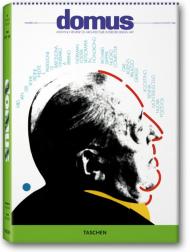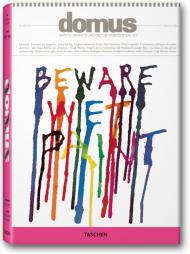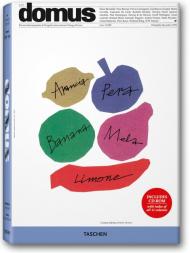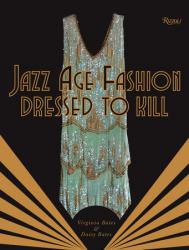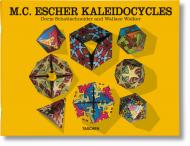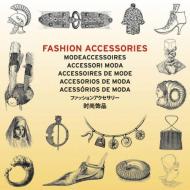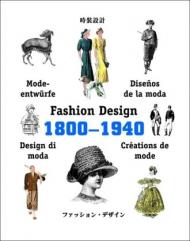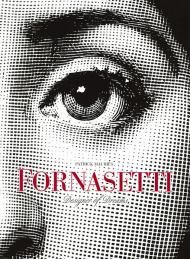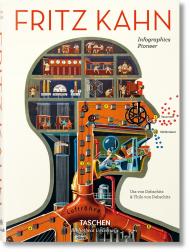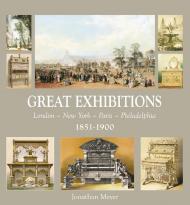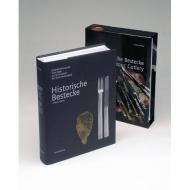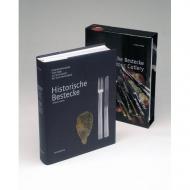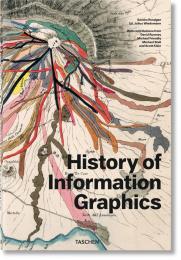For over eight decades, domus has been the world's most influential architecture and design journal. Founded in 1928 by the great Milanese architect Gio Ponti, it has consistently highlighted the characteristic styles of each age, from Art Deco, Modernism, Functionalism, and Pop, to Postmodernism and Late Modern. Beautifully designed and documented, domus presents the most exciting projects from around the world.
Each volume of TASCHEN's domus reprint collection reproduces a selection of the magazine's original pages, packed with articles tracing the history of modern design and architecture. Available as 12 separate volumes covering 1928-1999, this series is a major publishing event and a must-have item for design and architecture institutions and practices, architects, designers, students, and anyone who loves design.
1980 – 1984: Postmodern preoccupations
The early '80s saw the rise of Postmodernism. Italian design groups Alchimia and Memphis, led by Alessandro Mendini, Andrea Branzi, Michele de Lucchi, and Ettore Sottsass, questioned the functionality of design objects. Everyday items and classic designs were reinterpreted with ironic relish. In architecture, similar ideas took shape in the buildings of Hans Hollein, Michael Graves, Studio Nizzoli, and the offices of Venturi, Rauch & Scott Brown, while deconstructivist tendencies were recognizable in early designs by Zaha Hadid.
Издательства
- Thames & Hudson (15)
- Rizzoli (13)
- Phaidon (7)
- Fuel (3)
- Laurence King Publishing (3)
- Standards Manual (3)
- Prestel (3)
- Vitra Design Museum (2)
- PIE Books (2)
- Flame Tree Publishing (2)

